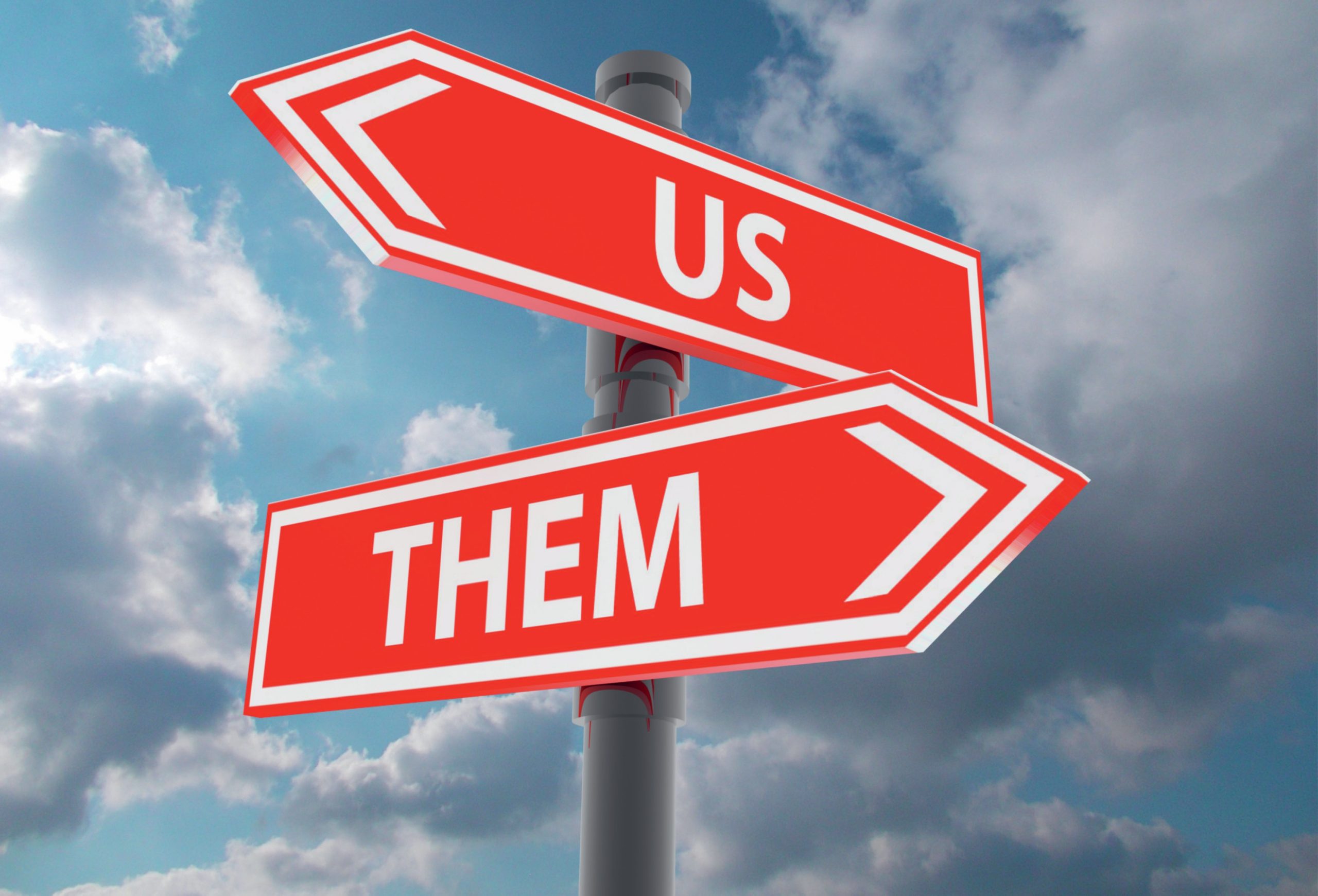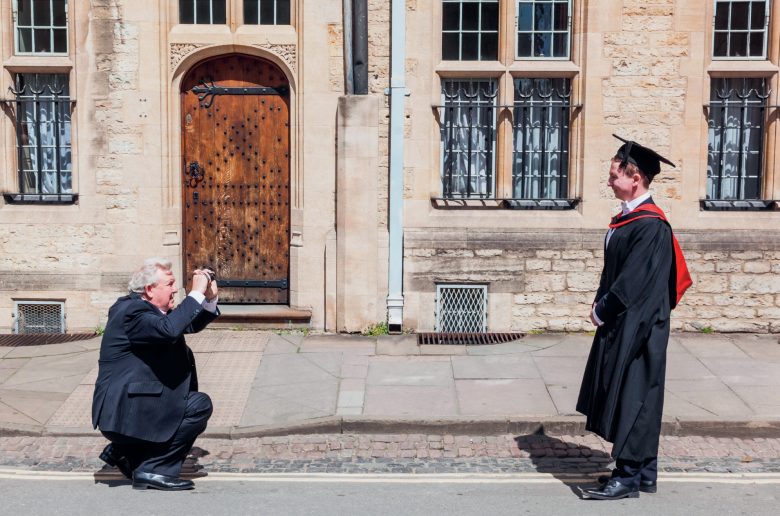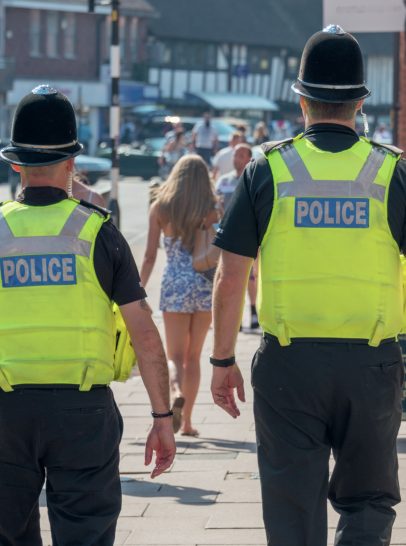
Othering refers to the ways in which majority/minority identities are socially constructed. It is a way of seeing society as being divided between ‘us’ and ‘them’, or people in the ‘in-group’ or the ‘out-group’. Othering is particularly prevalent in periods of rapid social change, when people feel anxious and threatened and seek to lay the blame for their fear and distress on ‘others’. Othering is based on attributes such as ethnicity/race, gender, class, language, religion, nationality and sexual orientation. It is not so much the attributes themselves that are important, but how they are manipulated and presented.
The conscious or unconscious assumption that members of ‘the other’ pose a threat is mainly driven by politicians and the media rather than direct knowledge of, or contact with, the group concerned. Being defined as ‘the other’ can lead to individuals or groups being marginalised, persecuted, deprived of human and social rights and subjected to acts of violence. Most conflicts in the world are based to some extent on ‘othering’.
Your organisation does not have access to this article.
Sign up today to give your students the edge they need to achieve their best grades with subject expertise
Subscribe




